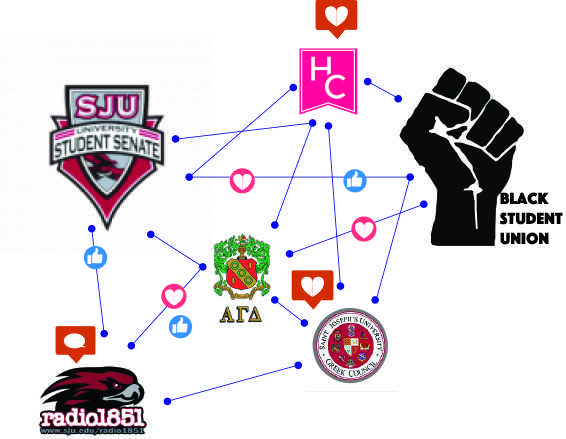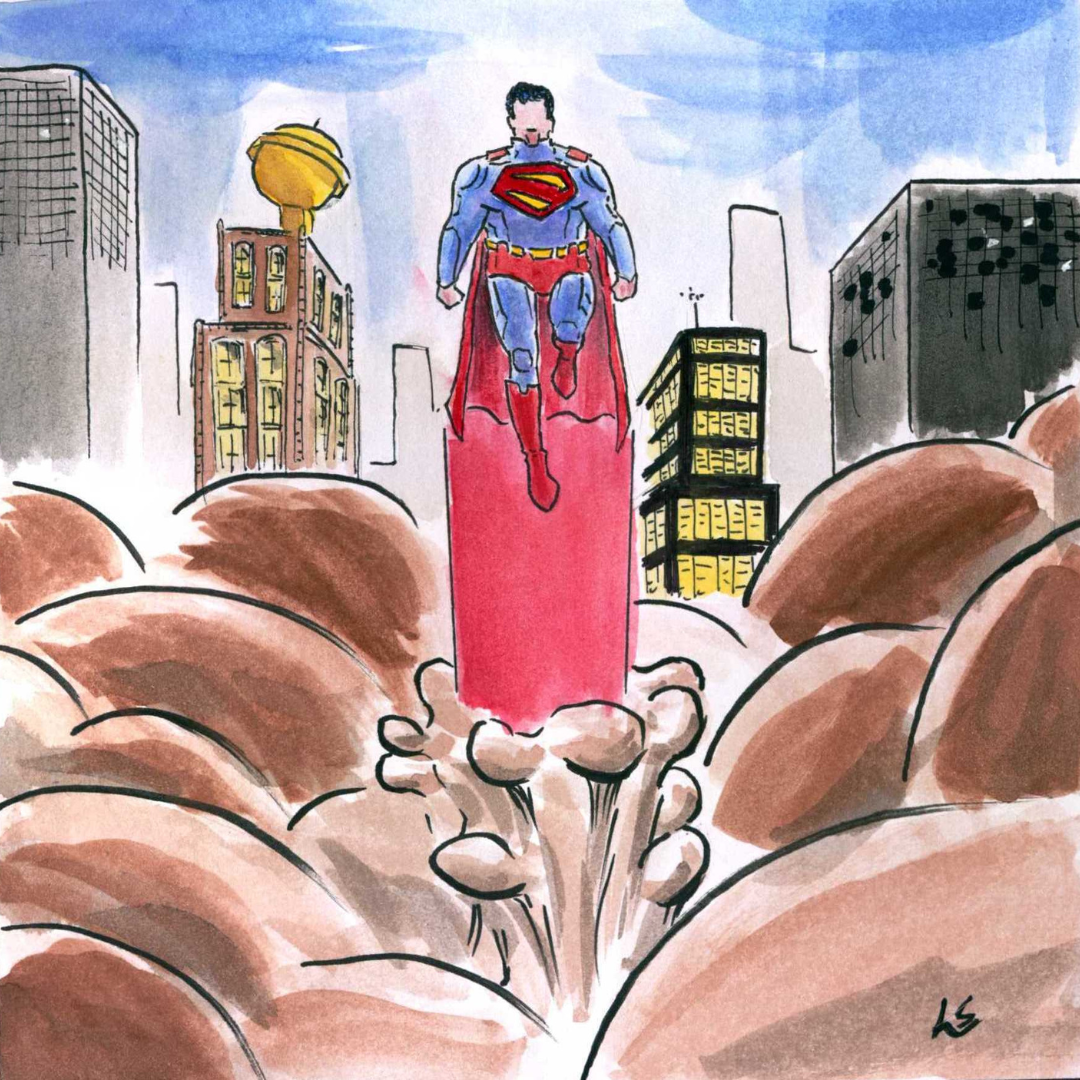The power of social media on Hawk Hill.
___________________________________________________________________________________
Social media is something most people can’t live without, but it can be used for more than just scrollling.
In fact, 81 percent of Americans in 2017 have a social media profile according to Statista. Americans 18-29 years old use these sites at the highest rate, 86 percent, according to a 2016 survey from the Pew Research Center.
But social media is no longer merely for posting selfies. Many organizations have begun to harness these numbers to organize and promote activism.
“I think they [social networking sites] weren’t intended for activism, but they weren’t not intended for activism,” said David Parry, Ph.D., associate professor and chair of communications studies. “Social media is good at connecting people efficiently, so it makes sense that it would be used for activism.”
At St. Joseph’s University, a variety of organizations from the Black Student Union (BSU) to SJU for All to Student Senate have caught on to the trend, and use social media in innovative ways to promote involvement in the St. Joe’s community and beyond.
Started by a small group of students and faculty, the SJU March for All used social media to launch a response to the travel ban passed on Jan. 27, 2017.
By creating a Facebook group, which the organizers then shared with friends, they saw how fast word can travel. With only 24 hours notice, 200 people turned out on Jan. 31 to march.
The Black Student Union Board also has more success with social media than emails because students are always on Twitter and Instagram.
“I think a big part of having a social media presence is to acknowledge certain things that happen on campus,” said Alexis Wilson, 19, the co-president of BSU.
BSU’s Twitter feed contains a mix of humorous memes and informative flyers that remind students about sponsored events, like movie showings and talent shows and give important updates on campus life.
University Student Senate benefits from the exposure social media gives them as well.
“Frequent posting gets more following and more following gets people more involved and knowledgeable about what is going on around campus, which is what we want,” said Rob Focht ’19, student body secretary of communications.
Posts highlight former events, like the Christmas ice skating rink, and inform about successful initiatives that students would not ordinarily know about, like the creation of a student chair of residence life.
However, Focht said there is one major roadblock.
“People are picky with what they view on social media because everything is so fast-paced,” Focht said. “We try to bring in as much information that’s relevant to us as possible. And, if it’s a flyer about voting for senate, which you don’t know about or care about, you are not going to read it.”
BSU also acknowledges that social networking can help achieve long-time goals.
“I think there is a stigma with Black Student Union that only black students can come, but that’s not a thing,” Wilson said. “So, breaking that stigma and [working] with other people is something we are trying to do even more with social media to show we are working with the Student Leadership and Activities or the Asian Student Association or different stuff like that.”
For Student Senate, social media use has started to show students what senate really does. Now, their hope is to boost student participation in senate from the 20 percent voting numbers seen previously.
“We’re trying to get senate’s logo everywhere so everywhere you look it’s like we are a resource. We do things. We can help you,” Focht said.














































